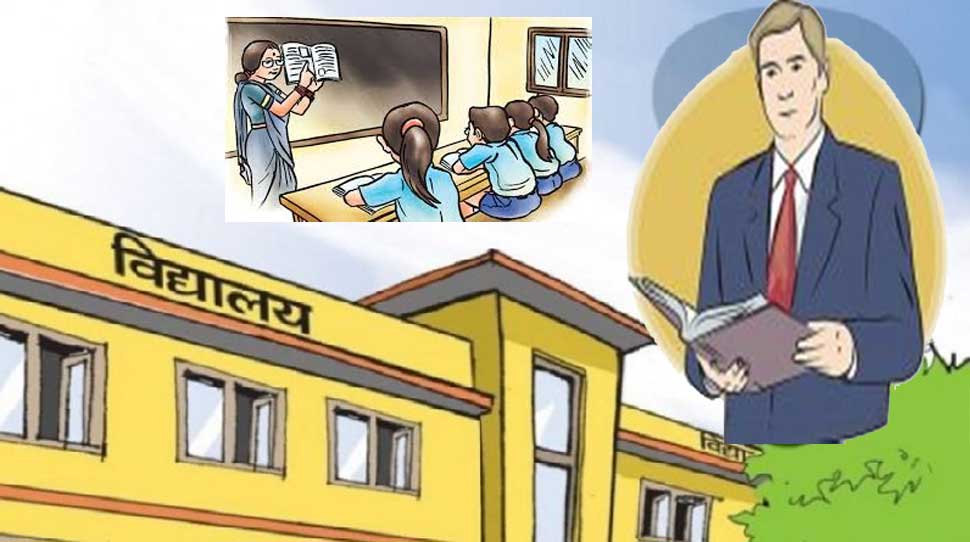
Transforming Relief Teacher Quotas into Permanent Positions: A Proposal in the School Education Bill
In a recent development, a proposal has been introduced in the School Education Bill to convert 40,000 relief teacher quotas into permanent teaching posts. The School Education Bill, which was submitted by the Bills Committee, received approval during the Council of Ministers meeting on Tuesday for its submission to the Federal Parliament.
The details of the bill haven't been public yet, but a high-ranking source in the Ministry of Education, Science and Technology has revealed key insights. The bill primarily proposes to convert relief teacher quotas, including a 4,000 subsidy for higher secondary schools (Class 11/12), into posts. In fact, the proposed conversion could lead to 46,000 new teacher positions if the bill passes.
Implications of the School Education Bill
The enactment of the School Education Bill will have the following potential impacts:
-
A surge in job opportunities: With the approval of the bill, there will be an immediate announcement for 46,000 new teaching positions.
-
Wider opportunity for licensed teachers: Thousands of individuals holding teaching licenses are expected to benefit as not all posts are intended to be filled internally. The selection process will involve an internal examination, followed by an open competitive exam.
-
No age limit: The bill puts forward a progressive approach by removing age limits for internal affairs.
-
Decentralization of teacher management: The bill signifies a major shift in the teacher management system, transferring it to the local level. While the Teacher Service Commission will still select the teachers, the responsibility for their appointment, transfer, and promotion will be handled by local authorities.
-
Similarity to civil servants: The bill seeks to provide teachers with similar service conditions and facilities as civil servants, including a contribution-based gratuity.
-
Improved transparency: The annual report of the Teachers Service Commission is proposed to be submitted to the Minister of Education, a feature currently not in practice.
-
Facility provision to school staff: The bill also mentions facilities for school staff, whose management will be under local level jurisdiction.
Renaming and Restructuring Educational Institutions
Furthermore, the bill proposes renaming the Education Development and Coordination Unit to the District Education Office, and the Education and Human Resource Development Center to the Department of Education. This is a callback to their original designations prior to the implementation of federalism.
However, the responsibilities of these institutions are set to change following the passing of the bill. The District Education Office, for instance, will no longer appoint, promote or transfer teachers. Instead, it will collaborate with local authorities and focus on school inspection and learning achievements at the district level. Teacher training, curriculum orientation, and principal selection will now fall under the purview of the local level.
The School Education Bill, thus, presents a comprehensive plan to reform the education sector, by not only offering increased job opportunities but also ensuring improved transparency and decentralized control.
School News


